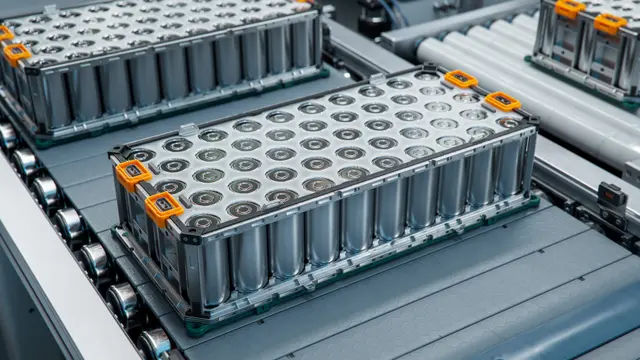
In a move that would provide major boost to battery technology in electric vehicles (EVs), Chinese tech conglomerate Huawei has filed a new patent application for a sulfide-based solid electrolyte, a component used in lithium-ion batteries.
The patent, titled ‘Doped Sulfide Materials and Preparation Methods, Lithium-ion Batteries’, introduces an advanced solid-state battery design aimed at enhancing performance, lifespan, and safety of lithium-ion cells.
This technology tackles a persistent challenge in the battery industry: degradation of liquid electrolytes. By substituting liquid components with solid electrolytes, Huawei aims to upgrade energy storage systems, especially for EVs.
Safer, high-density batteries
Current battery technology uses liquid or gel electrolytes to transfer lithium ions between the anode and cathode. While this continues to be the industry standard, it is not sustainable long-term. These batteries are prone to overheating, thermal runaway, fires, and explosions.
The go-to solution is the use of solid-state batteries, which offer higher energy density, improved safety, slower degradation, and faster charging and discharging capabilities. Companies are also exploring various materials, such as sulfides, ceramics, polymers, and graphene.
The patent’s innovative doped sulfide material uses a cubic crystal unit cell, with nitrogen doping on one side to stabilize ion movement between the anode and cathode. This configuration enhances ionic conductivity and supports longer battery life, which is especially advantageous for electric vehicles where efficiency and safety are critical.
The patented sulfide-based solid electrolyte also offers impressive features such as high energy density, fast charging and discharging, and strong performance at low temperatures. Additionally, it enhances safety by reducing the risk of thermal runaway, a frequent issue in conventional lithium-ion batteries.
Huawei’s roadmap for future
The new technology is particularly beneficial for future electric vehicles and energy storage systems, as it addresses the significant issue of battery capacity fading, commonly caused by the settling of polysulfide (LiSx) in liquid sulfur battery systems.
Innovation in this field has been robust across companies. For example, Huawei’s former subsidiary Honor pioneered the use of silicon-carbon for battery anodes, greatly boosting yield. This approach has now become the industry standard, with more companies adopting similar battery technologies.
While the Chinese giant has not yet announced a timeline for the launch of this technology, industry insiders are hopeful for a potential release as early as next year. This would put Huawei in a strong position to compete in the rapidly growing EV and smart-driving technology markets.
Huawei has been also been active with its EV unit, rapidly reshaping its approach in an effort to emulate Germany’s Bosch business model, which supplies essential auto parts without directly manufacturing vehicles.
Recently, the company signed an investment cooperation memorandum with Changan Automobile, a Chongqing-based automaker. This partnership aims to establish a joint venture focused on developing, producing, and selling smart-driving systems and related components for EVs.




























